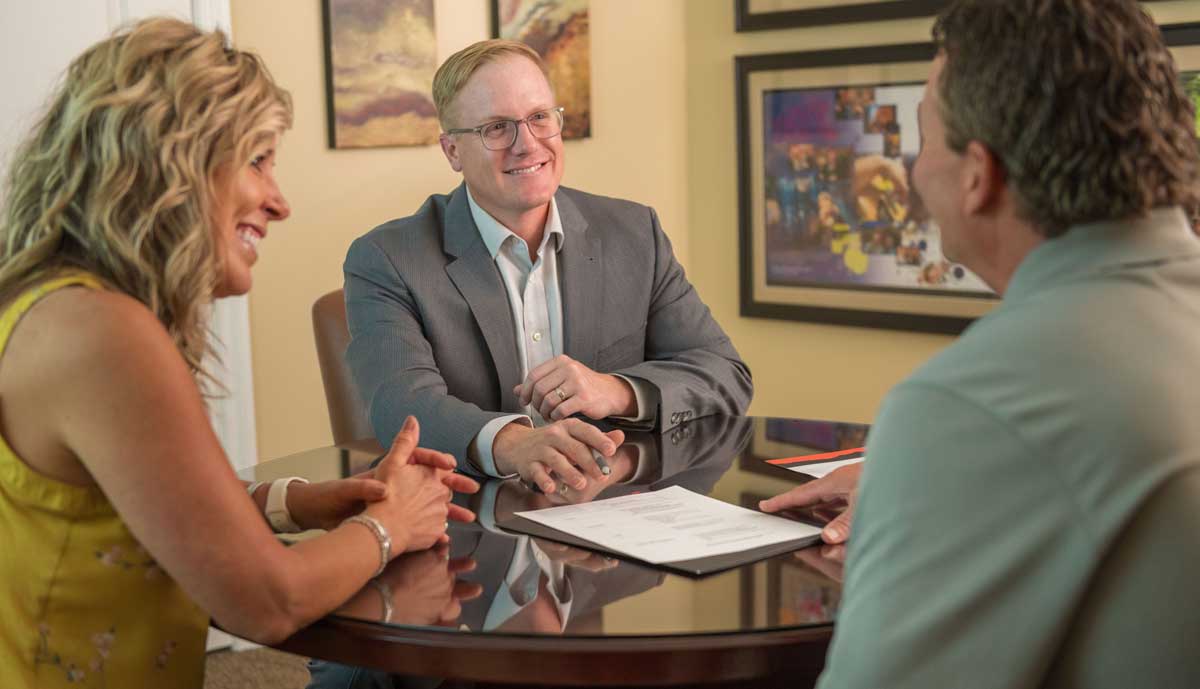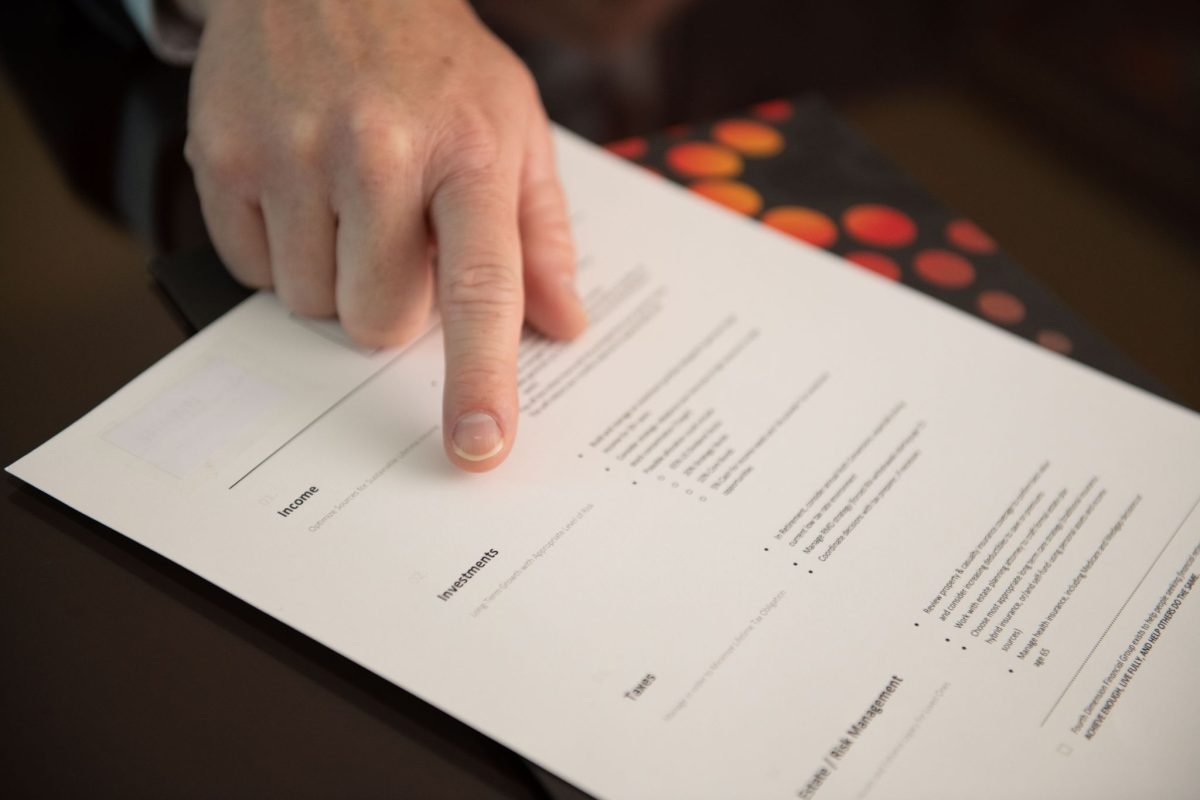Bringing you an article each and every week is usually good fun, but some weeks it’s not so easy. At times, it can be downright frustrating. For example, I wrote an article this week discussing quantum physics. Specifically, I found the Heisenberg Uncertainty Principle to be a fascinating way to demonstrate that we can know that stock markets will rise (and decline) in the future, but we cannot know precisely when. While this can be a really illustrative reminder for all investors, I thought, “What are you doing? Quantum physics is not nearly as interesting as a chipmunk running wild in our house! Give your readers what they want.” So, quantum physics is out.
While I haven’t experienced any rogue rodents in the living room this week, I have witnessed the noble plight of a good friend choosing to rid his life of consumer debt. While many of the families we serve have managed to escape the bondage of expensive debt, many have not. Since we’re all endlessly susceptible to falling prey to master marketers of stuff and experiences bought on credit, this may be a good reminder to all of us.
While mortgage debt is still debt, there’s an argument to be made for it being not-so-bad debt. Therefore, let’s focus on the real culprits: credit card debt and even car loans. Paying 15% annual interest on a credit card balance is not ideal (that’s the annual average credit card interest rate, according to creditcard.com). What’s more troubling is the part that most of us forget; in order to earn the money to make the payments on the credit card, we’re paying income taxes on our income first! A person that has an effective income tax rate of 15%, and has a credit card balance at 15%, is actually paying 30% to carry that debt!
As a result, the best investment you can make may be paying off credit card debt before even considering investing in the market.
For those who carry no credit card debt, but may be considering a car loan, you’re not off the hook. Here’s an example: a $46,000 new truck (guys love trucks!) requires that you pay sales tax on the purchase. In Ohio, that’s 5.75%. Add an income tax rate of 15% to generate the income to buy the truck in the first place, and the ‘cost’ has risen to $55,941. But wait, there’s more! What if you’d chosen to drive the old truck until the wheels fall off, as they say? Since there are still costs to keep the old truck, let’s assume you’d have avoided just $30,000 in expenses by keeping the old truck (as opposed to the full price of the new truck). Investing that $30,000 difference at a 6% average annual interest rate for ten years would net you $53,725.
In this example, choosing to buy the new truck for $46,000 actually cost you $109,666 over ten years. And that doesn’t even factor in finance costs of choosing to make payments on the truck!
So here’s the deal. I’m not in any way mad at new cars. If you know me, you know that I love cars. I love hunting for them, buying them, detailing them, racing them. Cars are an incredible luxury we get to enjoy. My point here is that the things we buy are usually MUCH more expensive than we realize. And when retirees are seeking to ensure themselves a ‘successful’ retirement, expenses become a major factor to consider
Enjoy life, drive nice cars if you like. Just consider the true cost of purchases and debt as you make your daily decisions. My friend and his wife have taken this to heart and are actually selling one of their cars and rolling every dollar they can into their debt-killing machine. They’ll be out of debt soon because they aren’t messing around, giving them much more money to invest when they’re done. And maybe that’s the moral of this story; messing with debt can cause all kinds of side effects, so treat it with great care and manage it wisely.
So I saved you from a rant about quantum physics but ruined your day if you’re in the market for a new car. Please keep in mind that I do this because I care. I’m just the messenger.
All the best,

Adam Cufr, RICP®
Recent Articles

Show Your Work: Why Transparency Matters in Retirement Planning

Unlocking the Mystery of Income Taxes

Social Security Strategy: Do You Have One?

Pension Decision: Just One Critical Piece of Information Is Needed to Decide



